In a new interview, the legendary film music composer suggests he might be writing his final score.
Movie music maestro has given his strongest hint yet at retirement, and that film music’s greatest and most illustrious career might be nearing its final chapter.
In an published on Thursday by Associated Press, the 90-year-old reflected on his work in film. Williams said “At the moment I’m working on Indiana Jones 5, which Harrison Ford – who’s quite a bit younger than I am – I think has announced will be his last film.”
He then hinted it may be the same case for him: “I thought: If Harrison can do it, then perhaps I can, also.”
A Star Wars film demands six months of work, he said. “At this point in life [that] is a long commitment to me.”
Read more:
Alongside the score to Indiana Jones 5, Williams is currently devoting himself to composing more music for the concert hall, including a concerto for long-time collaborator and friend, American virtuoso pianist Emanuel Ax. In the interview, the composer also mused on music and life. “Music can raise one’s thinking to the level of poetry,” he said.
“We can reflect on how necessary music has been for humanity. I always like to speculate that music is older than language, that we were probably beating drums and blowing on reeds before we could speak. So it’s an essential part of our humanity.”
“It’s given me my life.”
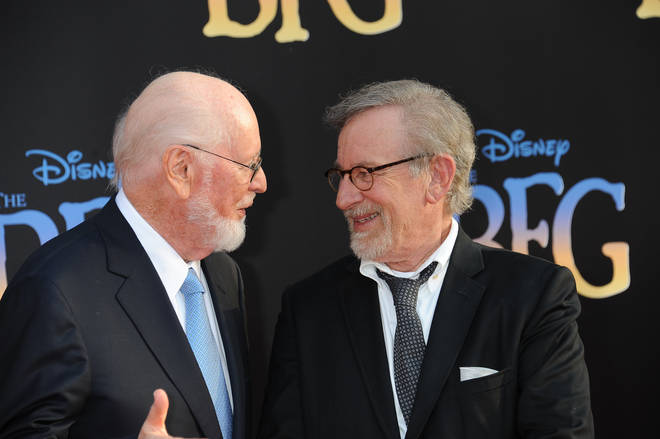
Williams also reflected on his long-standing creative friendship with director Steven Spielberg.“It’s been 50 years now. Maybe we’re starting on the next 50,” the composer said Williams with a laugh. “Whatever our connections will be, whether it’s music or working with him or just being with him, I think we will always be together.”
John Williams is the most prolific and widely honoured living composer of film music So far he has received 59 Oscar nods during his lifetime, and won five of them.
And although he is thinking about final film scores, it also sounds as if a compositional door will always be open from the prolific composer. “I don’t want to be seen as categorically eliminating any activity,” Williams said.
And with characteristic good humour added, “I can’t play tennis, but I like to be able to believe that maybe one day I will.”



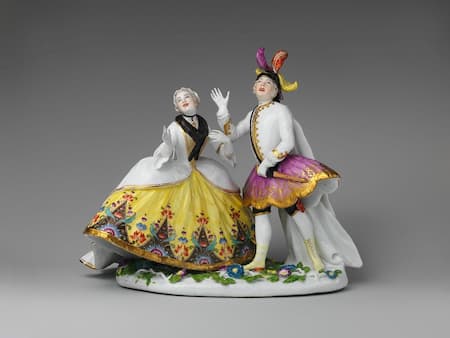
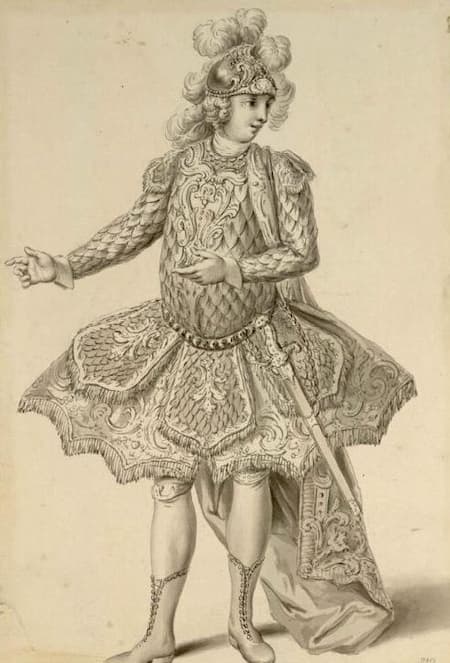
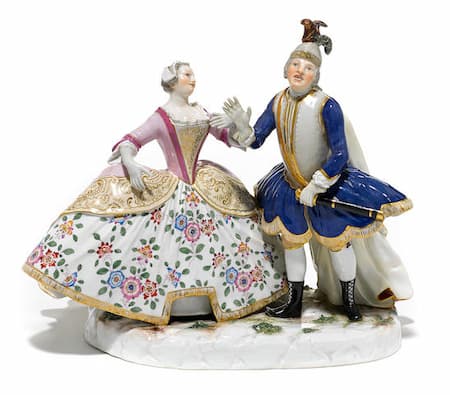



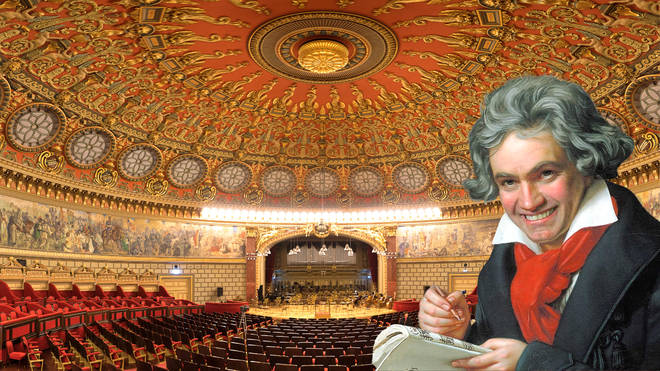

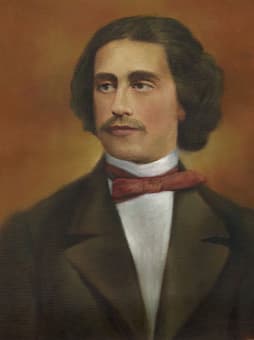
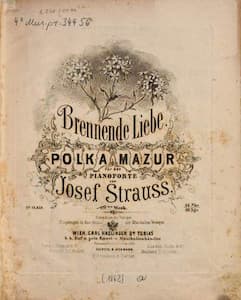


 Music has the power to tug at the heartstrings, and evoking emotion is the main purpose of music – whether it’s joy or sadness, excitement or meditation. A certain melody or line of a song, a falling phrase, the delayed gratification of a resolved harmony – all these factors make music interesting, exciting, calming, pleasurable and moving.
Music has the power to tug at the heartstrings, and evoking emotion is the main purpose of music – whether it’s joy or sadness, excitement or meditation. A certain melody or line of a song, a falling phrase, the delayed gratification of a resolved harmony – all these factors make music interesting, exciting, calming, pleasurable and moving.